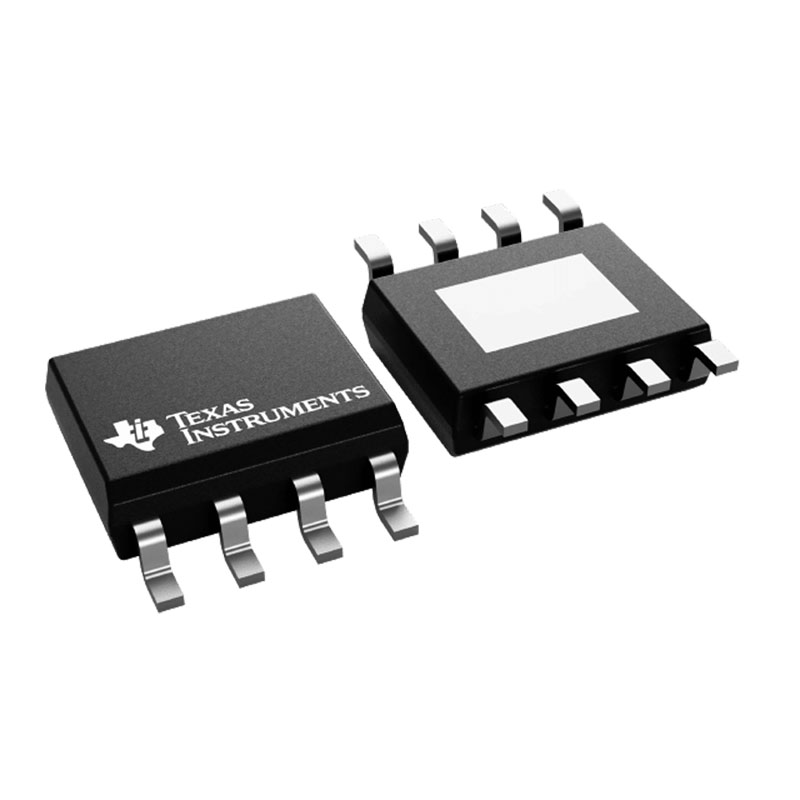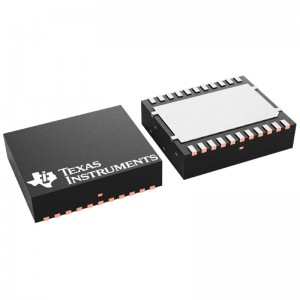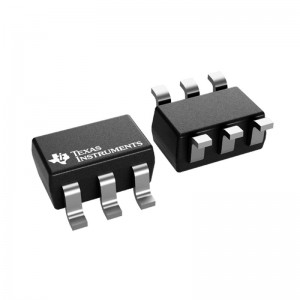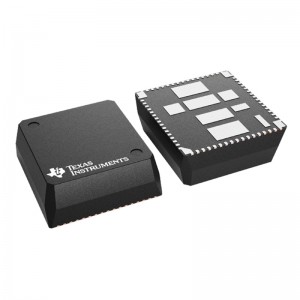
Products
TPS54335ADDAR SOP-8 Electronic components integrated circuit Voltage chip
Features for the TPS54335A
●Synchronous 128-mΩ and 84-mΩ MOSFETs for
3-A Continuous Output Current
●TPS54335A: Internal 2-ms Soft-Start,
50-kHz to 1.5-MHz Adjustable Frequency
●TPS54336A: Adjustable Soft-Start,
Fixed 340-kHz Frequency
●Low 2-µA Shutdown, Quiescent Current
●0.8-V Voltage Reference with ±0.8%
Accuracy
●Current Mode Control
●Monotonic Startup into Pre-Biased Outputs
●Pulse Skipping for Light-Load Efficiency
●Hiccup Mode Overcurrent Protection
●Thermal Shutdown (TSD) and
Overvoltage Transition Protection
●8-Pin SO PowerPAD and 10-Pin VSON Packages
Description for the TPS54335A
The TPS5433xA family of devices are synchronous converters with an input-voltage range of 4.5 to 28 V. These devices include an integrated low-side switching FET that eliminates the need for an external diode which reduces component count.
Efficiency is maximized through the integrated 128-mΩ and 84-mΩ MOSFETs, low IQ and pulse skipping at light loads. Using the enable pin, the shutdown supply current is reduced to 2 μA. This step-down (buck) converter provides accurate regulation for a variety of loads with a well-regulated voltage reference that is 1.5% over temperature.
Cycle-by-cycle current limiting on the high-side MOSFET protects the TPS5433xA family of devices in overload situations and is enhanced by a low-side sourcing current limit which prevents current runaway. A low-side sinking current-limit turns off the low-side MOSFET to prevent excessive reverse current. Hiccup protection is triggered if the overcurrent condition continues for longer than the preset time. Thermal shutdown disables the device when the die temperature exceeds the threshold and enables the device again after the built-in thermal hiccup time.
1. Who are the staff in your R & D department? What are your qualifications?
-R & D Director: formulate the company’s long-term R & D plan and grasp the direction of research and development; Guide and supervise r&d department to implement company r&d strategy and annual R&D plan; Control the progress of product development and adjust the plan; Set up excellent product research and development team, audit and training related technical personnel.
R & D Manager: make new product R & D plan and demonstrate the feasibility of the plan; Supervise and manage the progress and quality of r&d work; Research new product development and propose effective solutions according to customer requirements in different fields
R&d staff: collect and sort out key data; Computer programming; Conducting experiments, tests and analyses; Prepare materials and equipment for experiments, tests and analyses; Record measurement data, make calculations and prepare charts; Conduct statistical surveys
2. What is your product research and development idea?
- Product conception and selection product concept and evaluation product definition and project plan design and development product testing and validation launch to market








